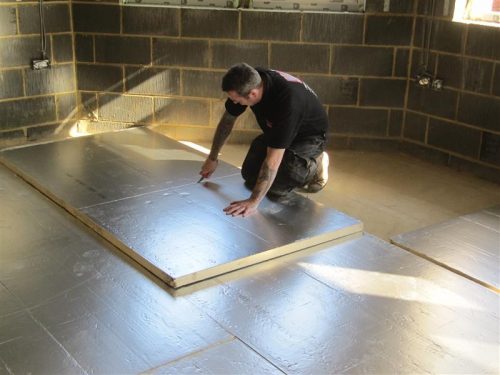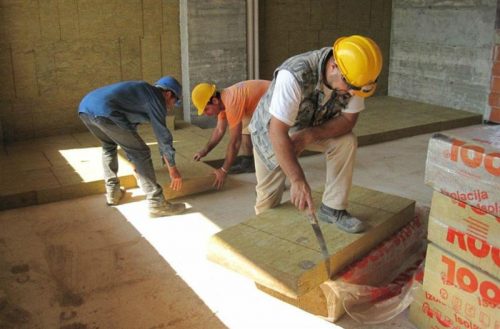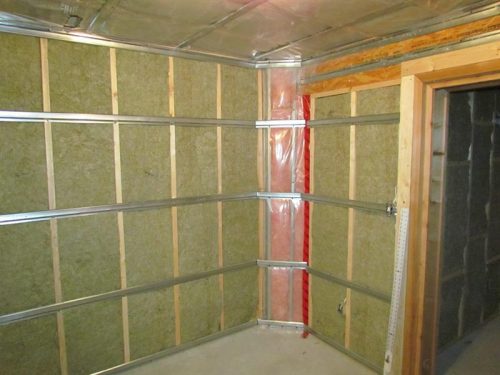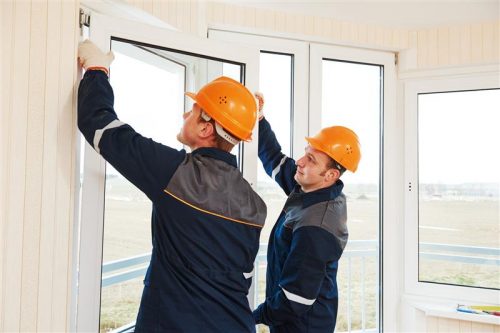Service Description
Sound insulation through the floor
The mineral basalt wool or the glass wool, cork, polyethylene and extruded polystyrene are good acoustic “barriers”.
The sound insulation of the house is an extremely important requirement for the family comfort. The transmission of impact or traffic-induced sounds can be a major discomfort, but there are currently a number of materials for the floor insulation: from the glass or basalt wool to the cork boards or polystyrene sheets.
While the carpet or the linoleum are good soundproofing materials, the sandstone or the hardwood floor finishes do not provide the necessary acoustic comfort. On the contrary, being solid materials, there are good noise transmitters.
In addition, if the wood is old or the flooring is not installed properly, the floor is squeaky . The solution is to assemble soundproofing materials on the floor and only then to plate hardwood floor or sandstone.
Soundproofing materials
As a general rule, the more elastic and thicker the insulating material is, the better is the sound insulation quality. Here are some insulating materials and the way they are used:
The basalt mineral wool is available either in rolls or in elastic tiles having a good coefficient of sound insulation. It can be used under hardwood flooring, placing it into the space between the substrate and the hardwood flooring. Over the mineral wool layer are installed OSB boards with a thickness of 9 mm, which will constitute the foundation on which the hardwood floor is applied.
The mineral glass wool can be used in case of insulating the laminate flooring and is designed to eliminate transmissible noise from one level to another. In addition, both types of materials ensure good thermal insulation, saving up to 30% of the energy consumed.
The cork also offers good sound insulation. It can be installed under hardwood floor, by gluing the floor with adhesives based on neoprene. It can be purchased either in rolls or in boards, with thicknesses available between 2 and 10 mm.
The extruded polystyrene boards, special for hardwood floor, have a thickness between 3 and 6 mm, are water and weight-resistant and offer, first of all, a noise abatement effect due to movement on the hardwood floor surface, as well as optimum ventilation under it.
For sandstone tile floors, the solution is to insulate the floor with extruded polystyrene sheets of 2-5 cm thick. They are used with the main purpose of thermal insulation, but in this way also a good sound insulation is obtained.
They are stuck with special glue to the screed, they are smooth and armed, and over this surface is poured a self-leveling screed over which can then be installed the sandstone tiles.
The polyethylene film is the most basic way of sound and thermal insulation. It is available in thicknesses of 2-4 mm and must be placed under the hardwood floor blades directly on the base layer, sticking to the perimeter of the room with adhesive tape.
Because the noise is transmitted to the joining of the surfaces (walls, ceiling, floor) and besides the pipes, in these places can be fitted 5 mm thick strips with a width of 100 mm, which blocks the vibrations. These ensure the formation of a flexible joint.








Reviews
There are no reviews yet.